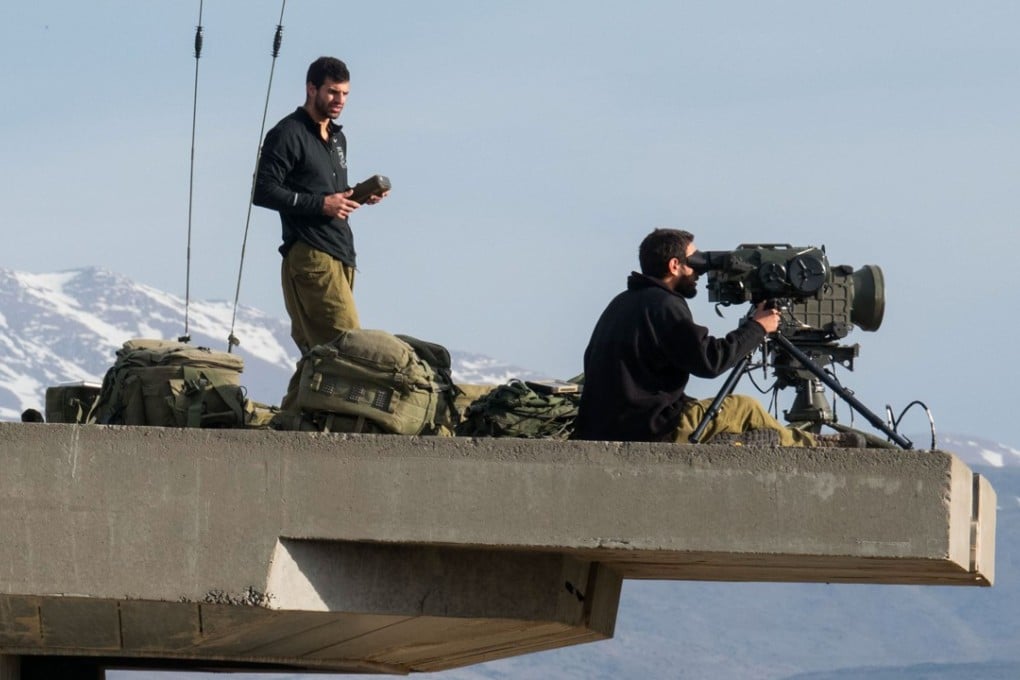Israel strikes Iranian targets in Syria: what does this unprecedented escalation mean?
If Israel does become more engaged in the fighting across its borders, it could have serious consequences for the war in Syria war – and for the region as a whole

The Syrian war has included no shortage of twists already this year, but this weekend, it produced one of its most consequential. On Saturday, Israel’s military announced that it had carried out a “large-scale” aerial attack inside Syria, after back-and-forth clashes overnight in which an Iranian drone was shot down in Syrian territory and an Israeli F-16 was downed by Syrian anti-aircraft fire.
It was the first known time that Israel has used force against Iran. The attacks and counterattacks also mark the first time since 1982 that Israel and Syria have engaged in direct combat.
Despite its proximity, Israel has largely stood on the sidelines of the Syrian conflict over the past seven years. Saturday’s air strikes, however, suggest that it may soon end up sucked into a conflict that is looking increasingly chaotic after the military defeat of Islamic State (IS). If Israel does become more engaged in the fighting next door, it could have serious consequences for the war in Syria war – and for the region as a whole.

What has Israel’s involvement in the Syrian war been so far?
Israel shares a contentious border with Syria – the Golan Heights – and it has long had openly adversarial relations with not only Bashar al-Assad’s government but with Syria’s allies Iran and Lebanon’s Hezbollah militia. However, Israel also had little reason to support IS or al-Qaeda-aligned Islamist groups that became the Syrian government’s primary rivals.
